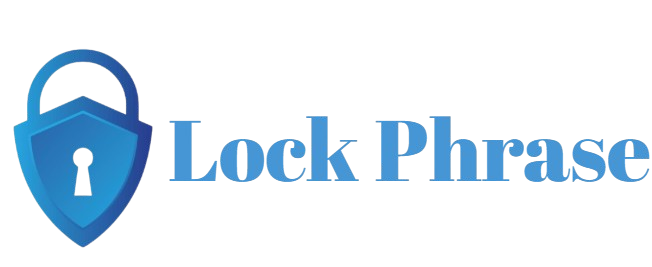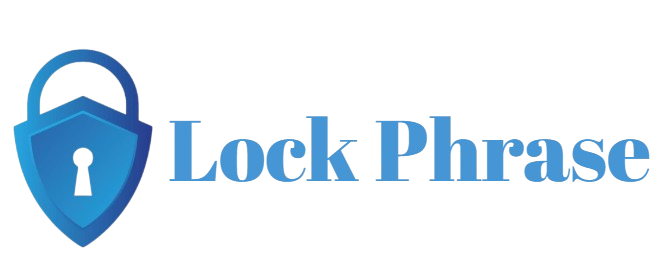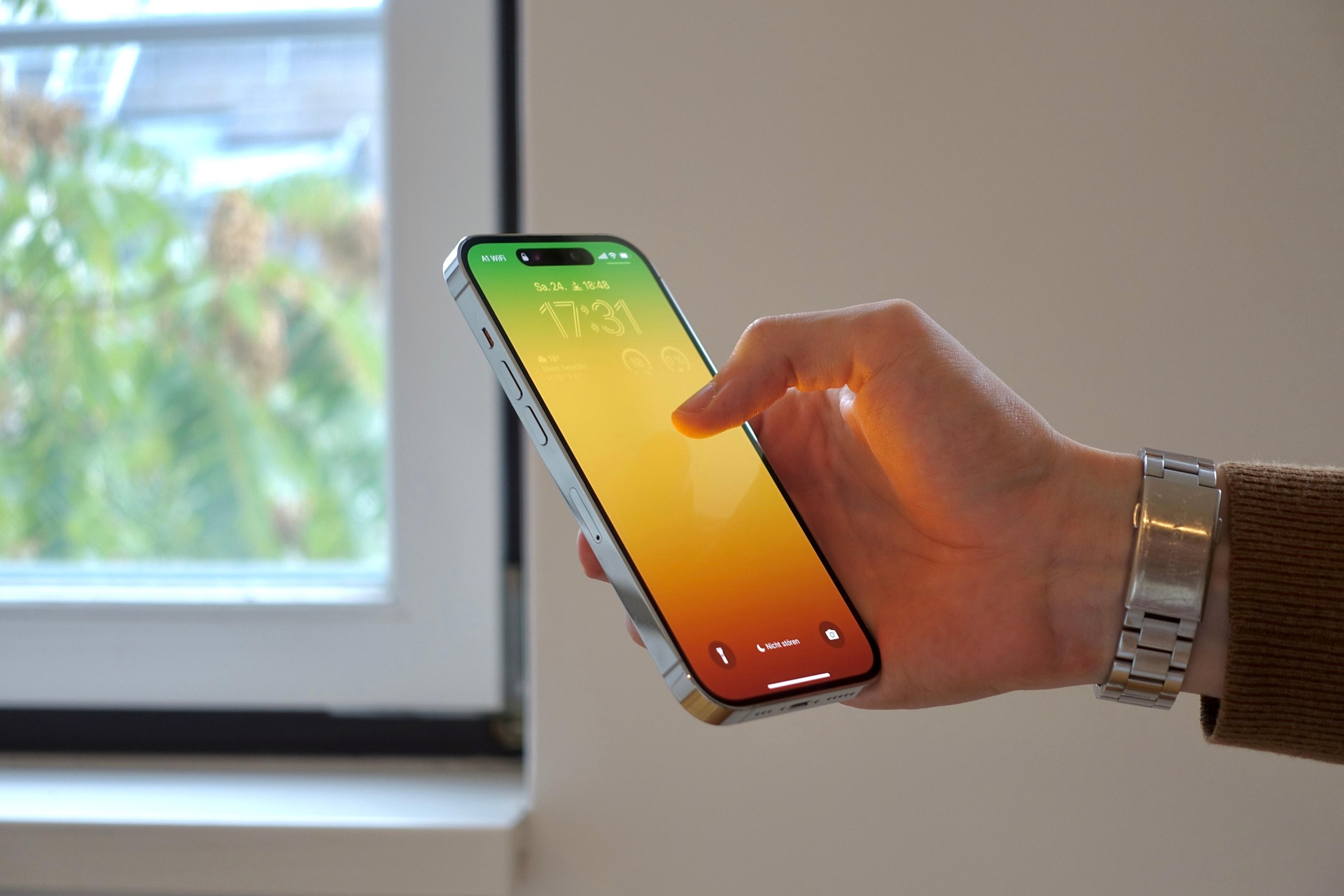Many iPhone users encounter situations where specific apps become locked, either intentionally or unintentionally. This can happen due to Apple’s built-in Screen Time restrictions, Face ID/Touch ID authentication failures, or app limits set to control screen usage. Additionally, parents often lock apps to manage their children’s device time, and businesses use security profiles to restrict access to work-related applications. In some cases, you might simply forget your Screen Time passcode or set overly strict limits without realizing it.
Unlocking these apps becomes essential not just for ease of access but also for recovering control of your device when the restrictions interfere with daily use. Whether you’re trying to use a disabled app, remove unnecessary limits, or reset forgotten security credentials, it’s important to do so using safe and legal methods.
This article will guide you through several effective ways to unlock locked apps on your iPhone. These include adjusting settings within Screen Time, managing biometric authentication, resetting forgotten passcodes, and reaching out to Apple Support if needed. Each method is designed to help you regain full access while ensuring your data and device security remain intact.
Why Apps Get Locked on iPhones
Apps on iPhones can become locked for several common reasons, often tied to security, privacy, or usage control features built into iOS.
Parental Controls via Screen Time are one of the most frequent causes. Parents use Screen Time to restrict access to certain apps or limit the amount of time their children spend on them. Once the allowed time is up, the app becomes locked until permission is granted or the limit resets.
Face ID or Touch ID restrictions can also lock apps. Many apps use biometric authentication to protect sensitive information, requiring your fingerprint or facial recognition to unlock. If these biometric methods fail repeatedly, the app will require a passcode or password, effectively locking you out.
Forgotten passcodes or authentication issues arise when users forget their Screen Time passcodes or passwords used to secure apps. This leads to apps being locked until the correct code is entered or reset.App Limit settings impose daily usage caps on certain apps. When these limits are reached, the app is temporarily locked, encouraging users to manage screen time better.
Lastly, Mobile Device Management (MDM) profiles are common on work or school-issued iPhones. These profiles enforce restrictions by locking certain apps to comply with organizational policies, limiting access until authorized.
Preliminary Checks
Before trying to unlock locked apps on your iPhone, make sure to complete these important checks:
- Ensure Face ID or Touch ID is working properly: Test biometric authentication on other apps or settings. If it’s not working, try re-registering your fingerprint or face data.
- Restart your iPhone: A simple reboot can fix temporary glitches causing apps to lock unexpectedly.
- Check if app restrictions are temporary: Verify if Screen Time limits have simply expired and whether the app will unlock after the timer resets.
- Update your iOS software: Running the latest iOS version can resolve bugs and improve compatibility with app and security features.
Performing these quick steps can often solve the issue without needing more complex solutions.
Methods to Unlock Locked Apps on iPhone
1. Disable App Limits in Screen Time Settings
Screen Time allows users to set daily limits on app usage. When these limits are reached, the app becomes locked until the next day or until the limit is extended. To unlock apps, go to Settings > Screen Time > App Limits and either disable or adjust the limits. You may need to enter the Screen Time passcode to make changes. Disabling app limits removes usage restrictions, allowing unrestricted access to previously locked apps. This is the easiest way to regain access if your apps are locked due to time-based restrictions set by Screen Time.
2. Turn Off Content & Privacy Restrictions
Content & Privacy Restrictions in Screen Time prevent access to certain apps or features based on settings like age or parental controls. To unlock apps locked by these restrictions, go to Settings > Screen Time > Content & Privacy Restrictions, enter your Screen Time passcode, and toggle the restrictions off or customize them to allow access. Turning off these restrictions removes barriers that might block app usage. This method is useful if apps are locked due to strict content filters or privacy controls imposed on the device.
3. Use Face ID or Touch ID to Unlock Apps
Many iPhone apps support biometric authentication for enhanced security. Face ID (facial recognition) and Touch ID (fingerprint) allow you to unlock apps quickly without entering a passcode. If an app is locked, simply use your registered fingerprint or look at your phone to authenticate. If biometrics fail multiple times, the app may request the password. Ensuring Face ID or Touch ID is properly set up under Settings > Face ID & Passcode or Touch ID & Passcode is essential for seamless unlocking. This method offers both convenience and security for app access.
4. Reset Screen Time Passcode if Forgotten
If you forget your Screen Time passcode, you won’t be able to disable app limits or restrictions, keeping apps locked. To reset it, go to Settings > Screen Time > Change Screen Time Passcode > Forgot Passcode? Then, sign in with your Apple ID to reset the passcode. This restores your ability to modify Screen Time settings and unlock apps. Resetting the passcode is crucial for regaining control without erasing your device. Make sure to choose a passcode you can remember or store it securely to prevent future lockouts.
5. Use Apple ID to Reset Restrictions
In some cases, Apple allows you to reset restrictions or Screen Time passcodes using your Apple ID credentials. This option is available when you forget your Screen Time passcode and have enabled Apple ID recovery. After selecting “Forgot Passcode,” you’ll be prompted to enter your Apple ID and password to verify your identity. Once confirmed, you can reset the passcode and regain access to locked apps. This feature adds an extra layer of security while providing a straightforward recovery option without needing to erase your device.
6. Restart Your iPhone
Restarting your iPhone can resolve minor glitches that cause apps to become locked unexpectedly. To restart, press and hold the side button and either volume button until the power off slider appears. Slide to power off, wait a few seconds, then press and hold the side button again to turn it back on. A restart refreshes the system, clears temporary bugs, and may restore normal app functionality. This simple step is often overlooked but can quickly fix temporary lock issues without requiring more complex solutions.
7. Update iOS to the Latest Version
Running outdated iOS software can cause bugs that interfere with app access and security features. Updating your iPhone ensures you have the latest fixes, security patches, and performance improvements. To update, go to Settings > General > Software Update, and if an update is available, download and install it. Keeping your device updated can resolve issues causing apps to lock unexpectedly and improve Face ID or Touch ID reliability. Regular updates also maintain compatibility with apps and enhance overall device security.
8. Remove or Adjust Mobile Device Management (MDM) Profiles
MDM profiles are often installed on work or school iPhones to enforce security policies, including locking apps. These profiles control app access and can restrict functionality based on organizational rules. To check for MDM profiles, go to Settings > General > VPN & Device Management. If you have permission, you can remove or adjust the profile to unlock apps. Otherwise, contact your organization’s IT department for assistance. Unauthorized removal may violate policies or cause loss of device access, so proceed carefully and legally.
9. Contact Apple Support for Assistance
If you’ve tried all other methods and still can’t unlock your apps, contacting Apple Support is a reliable option. Apple can guide you through recovery steps or verify your identity to help regain access. This is especially helpful for complex issues like forgotten Screen Time passcodes or MDM restrictions. Support can also assist if your device has software problems causing apps to lock. Use the Apple Support app, website, or visit an Apple Store for personalized help. Relying on official support ensures your data stays safe and your device remains secure.
Conclusion
Unlocking locked apps on your iPhone doesn’t have to be frustrating. By understanding the common reasons apps get locked—such as Screen Time limits, biometric restrictions, or device management profiles—you can apply the right method to regain access quickly and safely. Whether it’s disabling app limits, resetting forgotten passcodes, or updating your iOS, these solutions are designed to protect your privacy while giving you control when needed. Always prioritize official, secure methods to avoid data loss or security risks. And if all else fails, Apple Support is there to help ensure you get back into your apps without compromising your device’s safety.


